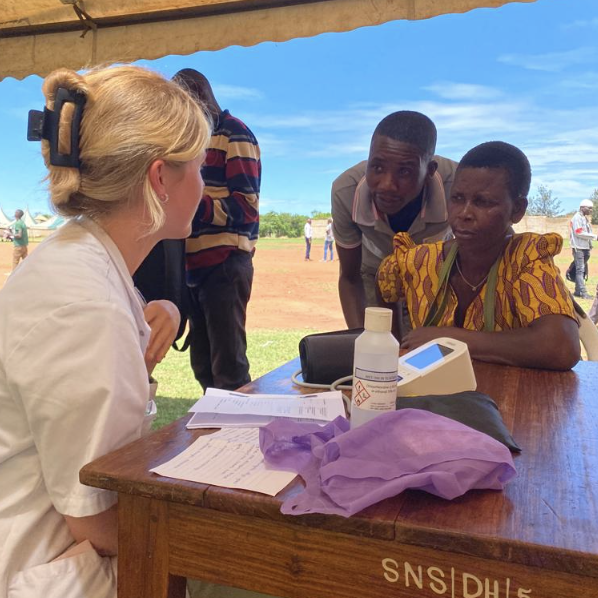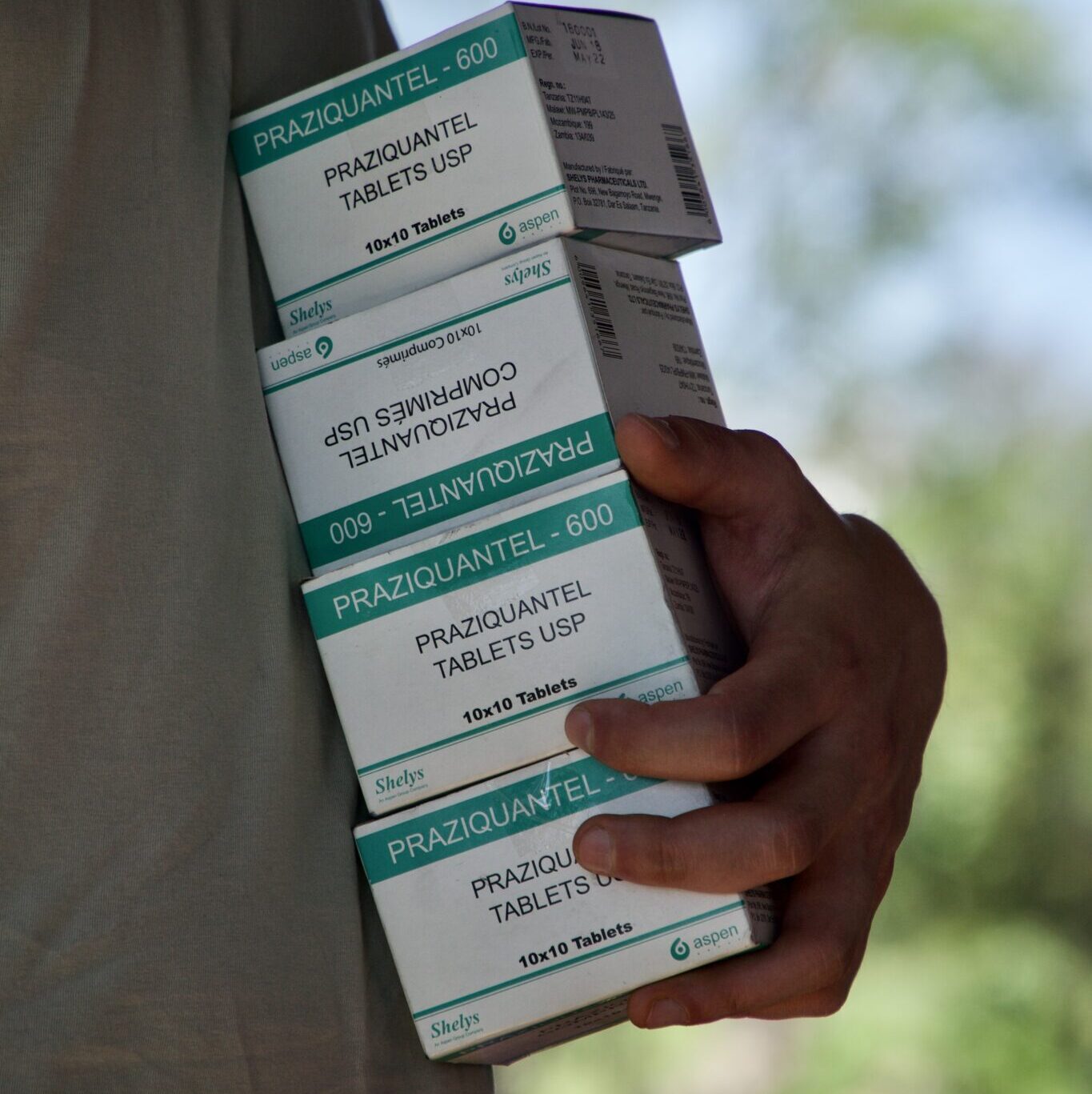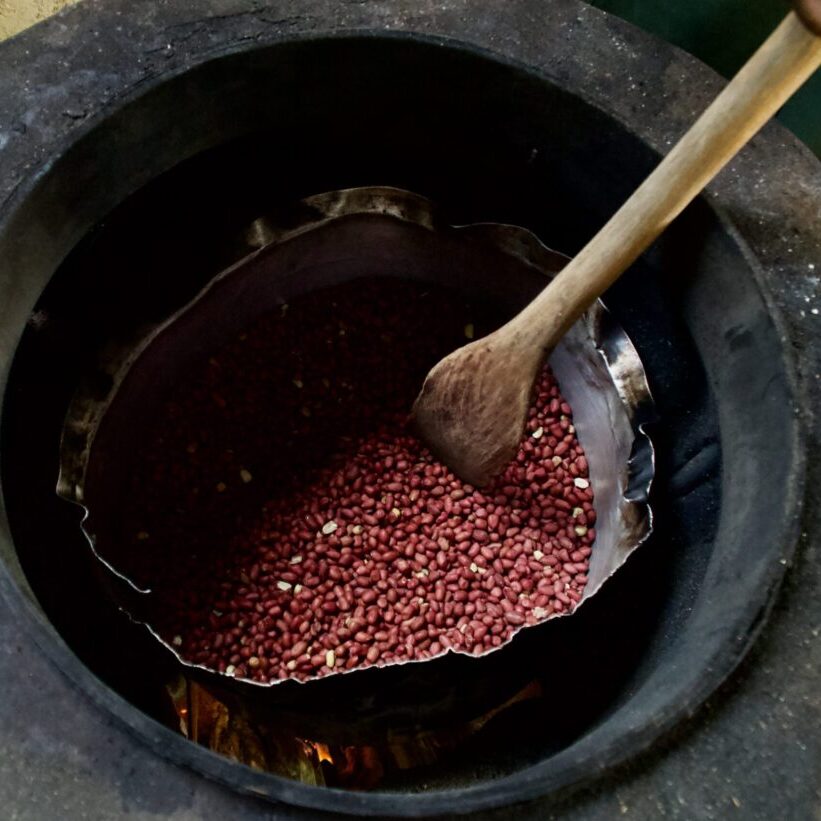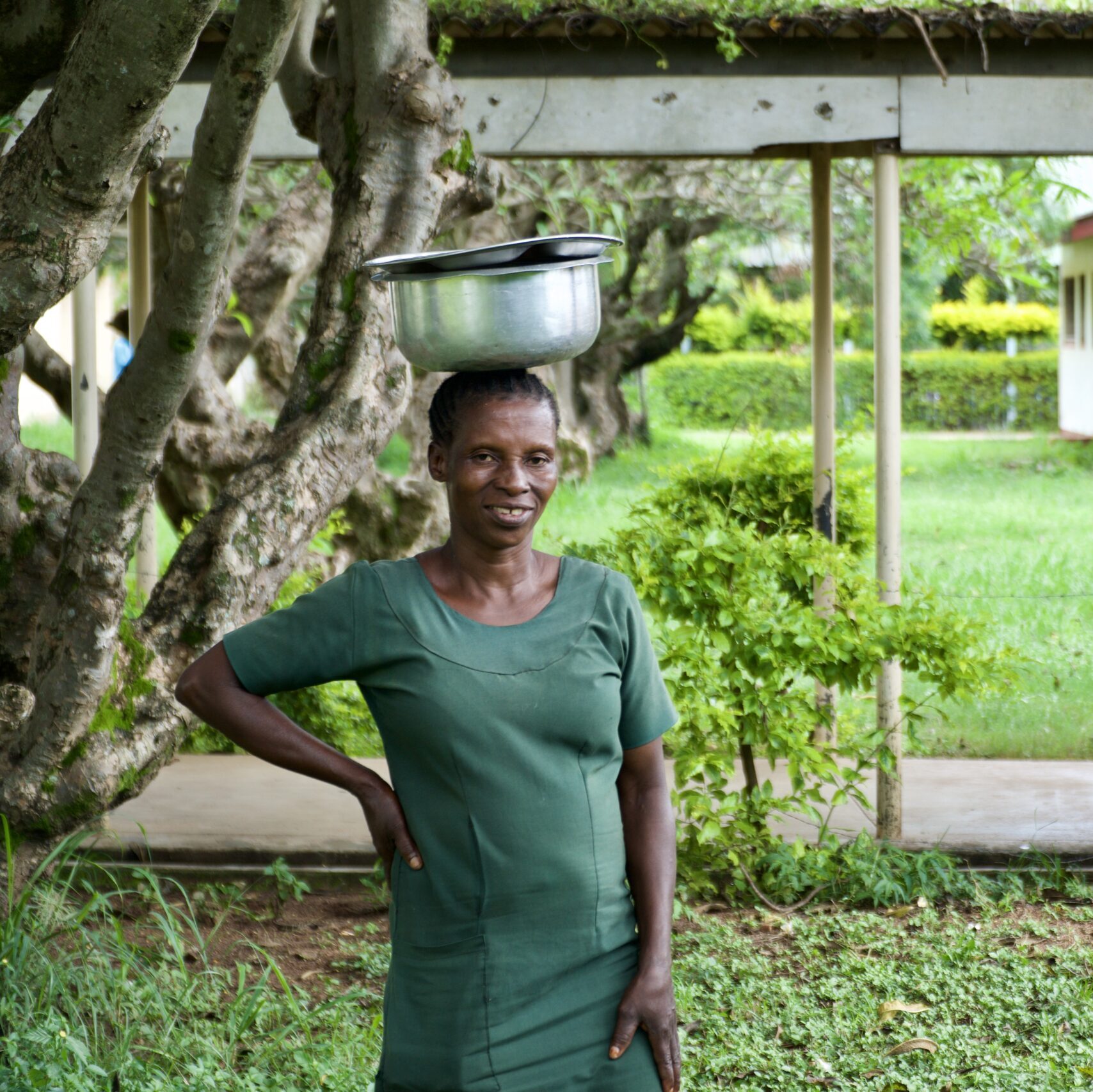Bonesetter project
What are we talking about?
The World Health Organization states that traumatic injury in low to middle-income countries claims more lives than HIV, tuberculosis, and malaria combined. In Shirati Hospital, we indeed see quite a few patients with fractures, but not as often as expected.
This is because orthopedic care in rural areas like Shirati is limitedly available, and patients with a fracture often seek help from a ‘bonesetter’: a traditional healer who treats the fracture through splinting and massage. This is not only around Shirati; it is estimated that 10-40% of all fractures worldwide are treated by bonesetters. Patients with simple fractures can usually be treated adequately and inexpensively, and are often very satisfied. However, complex or open fractures (with a wound) require surgery; a service that the bonesetter cannot provide. Unfortunately, we often see complications in this group of patients, such as poorly or unhealed bones, and severe infections, which can lead to amputation or even death.
Why are we committed to this?
With the increased prosperity, more motorcycles are being driven in areas like Shirati, leading to a huge increase in traumatic injuries. Given this trend, we, and a growing number of parties worldwide, believe that doctors and bonesetters can no longer afford to work separately. By involving bonesetters in hospital care, we can provide tailor-made care to fracture patients. Our hope is that our partner bonesetters receive official recognition for their work, instead of having to work in the shadows. The hospital benefits from this as it benefits from an increase in the number of patients coming in. A win-win situation!
What are we doing about it?
The Shirati Foundation supports the research line ‘Building Bridges for Broken Bones’, which investigates in what form collaboration with bonesetters can work and how often fractures occur in the first place. This has a medical component, namely reducing complications and pain from fractures, and a socio-economic one, by calling attention to the important role bonesetters can play within the healthcare system.
What have we achieved so far?
- Systematic literature review
We have reviewed all studies related to collaboration with bonesetters to identify the consensus and how such partnerships can be established. The conclusion: the majority of bonesetters, patients, and doctors support collaboration, with training and integration being the most mentioned approach. This is unique data that we plan to present in an article in 2025. - Local needs assessment
Jovine Okoth, our Tanzanian research partner, interviewed representatives from the hospital, government, fracture patients, and 41 bonesetters around Shirati. The vast majority supported official collaboration, aligning well with global literature. Here, too, we aim for publication by early 2025. - The world’s first ‘collaborative training’
Trainings have previously been provided to bonesetters, but never with bonesetters. By mixing orthopedists, physiotherapists, nurses, and bonesetters and having them teach one another, we enhance mutual understanding.
The training has now been held two years in a row at Shirati KMT Hospital and Sengerema District Designated Hospital. Data shows that the training improves knowledge, which is retained even after a year. - Household survey
To determine how often fractures occur and their impact on life, we conducted home interviews with 498 households using an extensive questionnaire. Data was collected by 18 trained women from Shirati. Results show that 0.8% of respondents suffered a fracture in the past year, 94% of fracture patients visited a bonesetter, and 50% ended up with chronic physical disabilities. - Bonesetter pilot
To combine the best of both worlds, we have been collaborating with three bonesetters on a trial basis since August 2023. Together, we develop treatment plans for fracture patients, emphasizing adequate pain management and X-ray diagnostics for every patient. Simple fractures are treated by the bonesetters, while complex cases are managed at the hospital.
We have involved 52 patients and followed up six months after treatment. We are currently analyzing the data, with the goal of publishing a scientific article in early 2025.
- Systematic literature review
Future plans
- As bonesetters are present in most parts of the world, we aim to explore how other countries regulate their practice, with the goal of formulating a joint strategy. For this, we will conduct an online survey across 20 African countries, in collaboration with the AO Alliance.
- Now that it is increasingly clear that there is a shared need for collaboration among all parties and that joint treatment appears safe, the next step is implementation. How do we establish an effective referral system with bonesetters in our region that is accessible and acceptable for everyone? We will tackle this using standardized implementation methods!
The aim of all this is to offer a sustainable model for collaboration for hospitals and bonesetters worldwide, to prevent unnecessary complications and pain for the most vulnerable fracture patients.
If this project appeals to you, you can contribute to the Bonesetter project through the donation button below!
To stay informed, you can keep an eye on our news page on this site and our Instagram account!
Thank you!
Have a look at our other projects

Healthy Hearts Project
The detection of patients with cardiovascular diseases before they become seriously ill

Schistosomiasis Outreach Shirati
Free treatment against, and education about schistosomiasis

Shirati Peanut project
Local production of special peanut butter to combat malnutrition

Shirati Food Program
Every day, a healthy free meal for all patients

